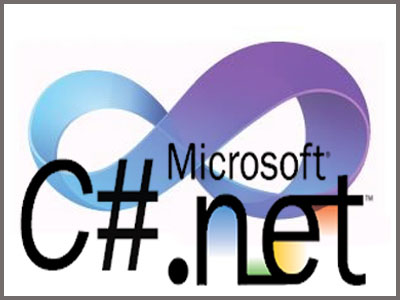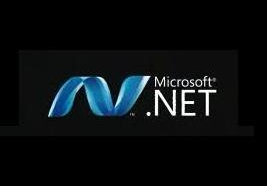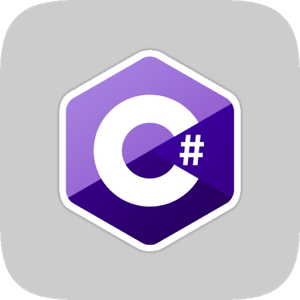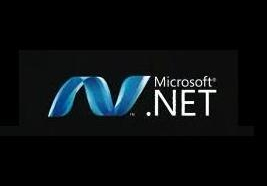
1. What is an interface? Features? Implement code? An interface is defined using the interface keyword, consisting of a combination of class members, and a set of specifications that describes some functions. As you can see in C#, some interfaces of the system are named like this: IComparable (type comparison method), ICloneable (supports cloning), IDisposable (releases resources), etc. I represents the interface, and able reflects the characteristics of the interface. : "Can..." indicates what this set of specifications can do. (1) Interface implementation public interface IPrintAble { void PrintString(); &nbs
1. C# Basic knowledge compilation: C# classes and structures (4)

Introduction: In Java multi-threaded applications, the usage rate of queues is very high. The first interface of most production and consumption models is defined using the interface keyword, which is composed of a combination of class members and describes some functions. a set of specifications. As you can see in C#, some interfaces of the system are named like this: IComparable (type comparison method), ICloneable (supports cloning), IDisposable (releases resources), etc. I represents the interface, and able reflects the characteristics of the interface. : "Can..." indicates what this set of specifications can do.
2. C# basic knowledge compilation: C# classes and structures (3)

Introduction: Static classes and static members refer to classes or members defined using the static keyword. All members of a static class must be static members, otherwise an error will be reported. One of the characteristics of static classes and members is that they are unique. If it is a static class, it cannot be instantiated, and there is only one loaded in the memory; if it is a static variable or method, if this class can be instantiated, no matter how many times it is instantiated, there will always be only one static variable or method.
3. C# basic knowledge compilation: C# classes and structures (2)

Introduction: The so-called constructor is a method that can initialize the object. That is, after running this function, the memory will always open up a space for objects of this class. There are three types: normal constructor, that is, instantiation constructor; private constructor; static constructor.
4. Basic knowledge of C#: C# classes and structures (1)

##Introduction: Structures are defined using the struct keyword, which is similar to classes, but has essential differences. The structure is essentially a value type, it does not require allocation.

6.
C#.net common knowledge points that are often confused

The above is the detailed content of Summary of instance usage of classes and structures. For more information, please follow other related articles on the PHP Chinese website!
 Vue parent component calls the method of child component
Vue parent component calls the method of child component
 What is digital currency trading
What is digital currency trading
 How to use fusioncharts.js
How to use fusioncharts.js
 length function usage
length function usage
 Cost-effectiveness analysis of learning python, java and c++
Cost-effectiveness analysis of learning python, java and c++
 Representation method of string constant
Representation method of string constant
 mysql transaction isolation level
mysql transaction isolation level
 How to open .dat files
How to open .dat files
 how to build a website
how to build a website




